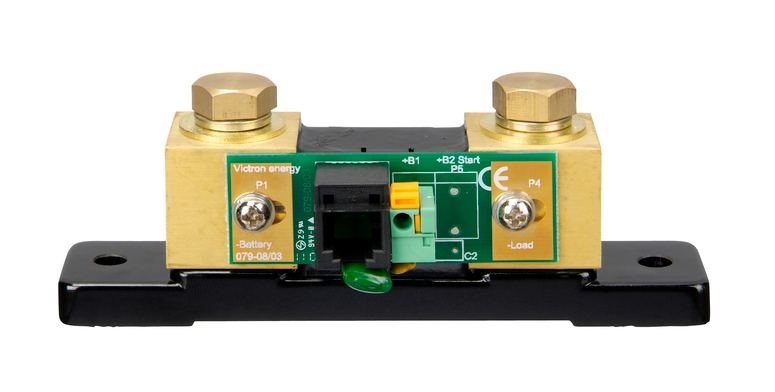Seeking clarification..
1. Is there a problem connecting the battery negative to the chassis. Then connect the shunt to chassis? Ie. No direct wire betw shunt & battery?
2. Can multiple solar panels be attached to the same mppt controller? If so, I'm guessing it's subject to the mppt's max input limitations?
3. I've noticed my solar hot wire runs to a circuit breaker first. Then it goes to the battery bank. But before it gets there the wire branches to my panel's main breaker. So in effect, not all solar voltage is going to the batteries. Would you recommend changing? Reasons: 1) I may never have enough charge to top batteries if other things running and 2) doesn't this make monitoring power generation/consumption less accurate?
4. Looks like I may wind up with a dcdc charger to charger trailer batteries from tow vehicle. Then an ac charger for using a generator as a backup. Given 2 diff chargers/systems, any recommendations on how to wire the two systems? For instance, I think I've seen people using a charging shunt. Not sure how that would fit into my plans. What should I do so that I could still power the trailer from a generator if I needed to take the batteries off line? Any other suggestions much appreciated!
1. Is there a problem connecting the battery negative to the chassis. Then connect the shunt to chassis? Ie. No direct wire betw shunt & battery?
2. Can multiple solar panels be attached to the same mppt controller? If so, I'm guessing it's subject to the mppt's max input limitations?
3. I've noticed my solar hot wire runs to a circuit breaker first. Then it goes to the battery bank. But before it gets there the wire branches to my panel's main breaker. So in effect, not all solar voltage is going to the batteries. Would you recommend changing? Reasons: 1) I may never have enough charge to top batteries if other things running and 2) doesn't this make monitoring power generation/consumption less accurate?
4. Looks like I may wind up with a dcdc charger to charger trailer batteries from tow vehicle. Then an ac charger for using a generator as a backup. Given 2 diff chargers/systems, any recommendations on how to wire the two systems? For instance, I think I've seen people using a charging shunt. Not sure how that would fit into my plans. What should I do so that I could still power the trailer from a generator if I needed to take the batteries off line? Any other suggestions much appreciated!



